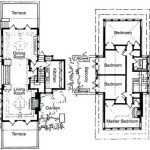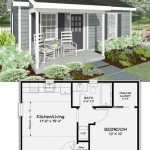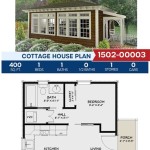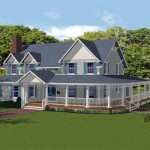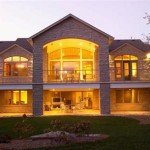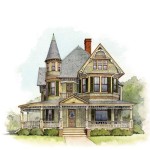Plans for Split Level Houses
Split-level homes have become increasingly popular in recent years due to their unique design and functionality. These homes feature multiple levels that are connected by stairs, allowing for a spacious and versatile living space. If you're considering building a split-level home, it's essential to have a well-designed plan that meets your specific needs and preferences.
Here are some key considerations when designing plans for split-level houses:
1. Number of Levels: Split-level homes typically have two or three levels. Two-level homes feature a main level and a lower level, while three-level homes include an additional upper level. The number of levels you choose will depend on the size of your family and your desired living space.
2. Floor Plan: The floor plan of your split-level home will determine the flow of traffic and the overall functionality of the space. Consider the following factors when designing the floor plan:
- The location of the main entrance and stairs
- The placement of living areas, such as the living room, dining room, and family room
- The positioning of bedrooms, bathrooms, and other private spaces
3. Size and Proportion: The size and proportion of each level will impact the overall feel of the home. Make sure the levels are proportionate to each other and provide a comfortable living space. Consider the following:
- The square footage of each level
- The height of the ceilings
- The amount of natural light available on each level
4. Style: Split-level homes can be designed in a variety of architectural styles, from traditional to modern. Choose a style that complements your personal tastes and the surrounding neighborhood.
5. Integration with the Outdoors: Split-level homes often feature decks or patios that connect the living spaces to the outdoors. Consider how you can integrate the outdoor areas into the overall design of the home.
6. Energy Efficiency: When designing plans for split-level houses, it's important to consider energy efficiency. Incorporate features such as insulation, energy-efficient windows, and solar panels to reduce energy consumption.
7. Building Codes: Before finalizing your plans, make sure they comply with local building codes and regulations. This includes requirements for setbacks, structural integrity, and safety features.
By carefully considering these factors, you can create a well-designed plan for your split-level home that meets your specific needs and preferences. Remember to consult with a qualified architect or designer to ensure your plans are both functional and aesthetically pleasing.
Split Level Homes Designs G J Gardner

4 Bedroom Split Level House Plan 2136 Sq Ft 2 Bathroom

Split Level House Plans And Foyer Floor

Split Level House Plans And Foyer Floor

Split Level 3 Bed House Plan 62632dj With Drive Under Garage 1000 Sq Ft Adhouseplans

Split Level Modular Home Floor Plans Mhap

Split Level Homes 50 Floor Plan Examples Archdaily

Beautiful Contemporary Style House Plan 5105 The Millfield Lodge

Split Level Homes 50 Floor Plan Examples Archdaily

4 Bedroom Split Level House Plan 2136 Sq Ft 2 Bathroom


